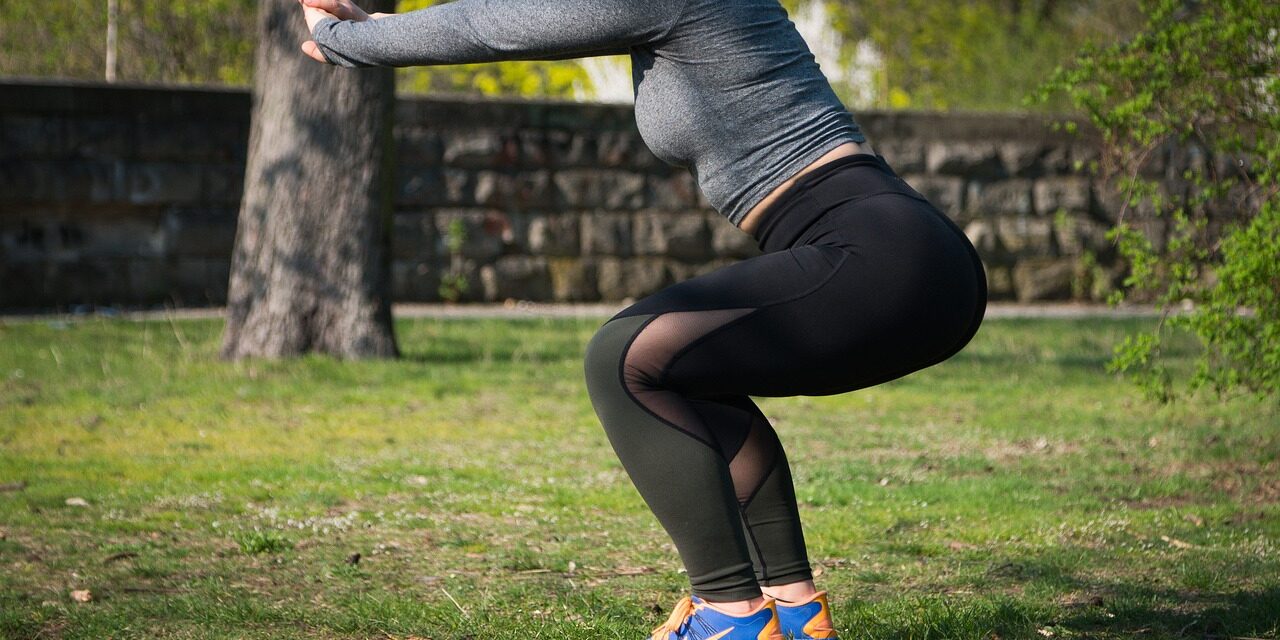Embarking on a fitness journey at the age of 50 or beyond can often feel like an uphill battle. Yet, the phrase “get fit at 50” is not just a hopeful statement; it’s a viable goal backed by science and inspiring success stories. This comprehensive guide is designed to empower men and women over 50 with practical strategies, expert insights, and motivational anecdotes to kickstart and maintain their fitness journey, regardless of their current fitness level.
Many individuals at this stage of life confront various challenges such as slowing metabolism, decreased muscle mass, and a higher risk of chronic diseases. However, these challenges also bring an opportunity to revitalize health and rediscover the body’s potential. Adopting a fitness routine post-50 not only improves physical health but also enhances mental well-being, energy levels, and overall quality of life.
This article aims to dispel the myths surrounding fitness after 50 and provides a roadmap to help you navigate this exciting journey. We will explore the benefits of getting fit at this age, the best types of exercises to incorporate, dietary considerations, and how to overcome common obstacles. Whether you’re looking to shed pounds, build strength, increase flexibility, or simply maintain a healthy lifestyle, this guide will equip you with the knowledge and tools to achieve your fitness goals.
So, let’s dive into the world of fitness after 50, where age is not a barrier but a unique advantage in crafting a healthier, more vibrant version of yourself.
Creating a Sustainable Fitness Plan After 50
Getting fit after 50 requires a thoughtful approach that considers the unique needs and challenges of this age group. In this section, we’ll explore the key components of a fitness plan that can help you achieve and maintain optimal health and vitality.
1. Understanding the Aging Body
First, it’s important to acknowledge how the body changes after 50. Muscle mass tends to decrease, metabolism slows down, and the risk of chronic diseases increases. Recognizing these changes helps in tailoring a fitness plan that is both effective and safe.
2. The Role of Cardiovascular Exercise
Cardiovascular health is crucial at this age. Low-impact cardio exercises like brisk walking, swimming, or cycling can improve heart health, enhance lung capacity, and aid in weight management. The key is consistency and gradually increasing intensity.
3. Strength Training: A Non-Negotiable
Strength training is essential to combat muscle loss and maintain bone density. Focus on exercises that work on all major muscle groups. Using resistance bands, free weights, or bodyweight exercises can be highly effective.
4. Flexibility and Balance Exercises
Incorporating yoga, Pilates, or simple stretching exercises into your routine can improve flexibility, balance, and joint health. These practices also reduce the risk of falls and improve overall mobility.
5. Nutrition: Fueling the 50+ Body
Proper nutrition is a cornerstone of fitness. A balanced diet rich in protein, whole grains, fruits, and vegetables, along with proper hydration, supports your exercise routine and overall health.
6. Recovery and Rest
Allowing the body time to recover is crucial, especially after intense workouts. Adequate sleep and rest days are important for muscle repair and preventing burnout.
7. Listening to Your Body
Pay attention to your body’s signals. If an exercise feels too strenuous, modify it. It’s better to start slow and build up gradually than to risk injury.
Next, we will summarize these points and provide actionable steps to help you get fit at 50 and beyond.
Embarking on Your Fitness Journey After 50: Summary and Practical Steps
Adopting a fitness routine after 50 is not just about adding years to your life, but more importantly, adding life to your years. This section encapsulates the key points discussed and offers actionable steps to help you embark on and sustain your fitness journey.
Key Components of a Fitness Plan for Those Over 50
- Cardiovascular Fitness: Engage in regular low-impact cardio exercises for heart health and endurance.
- Strength Training: Incorporate strength training exercises to counteract muscle loss and strengthen bones.
- Flexibility and Balance: Practice flexibility and balance exercises to enhance mobility and reduce injury risks.
- Nutrition: Adopt a well-balanced diet that supports your fitness goals and overall health.
- Recovery: Prioritize adequate rest and recovery to allow your body to heal and grow stronger.
Actionable Steps to Get Fit After 50
- Consult Healthcare Professionals: Before starting any new fitness regimen, especially if you have pre-existing health conditions, consult with a healthcare provider.
- Set Realistic Goals: Establish achievable and measurable fitness goals. Remember, small, consistent steps lead to long-term success.
- Create a Balanced Workout Plan: Design a workout schedule that includes cardio, strength, flexibility, and balance exercises. Start slow and gradually increase intensity.
- Focus on Nutrition: Ensure your diet is rich in nutrients needed for muscle repair, energy, and overall health. Consider consulting a nutritionist for personalized advice.
- Listen to Your Body: Pay attention to how your body responds to workouts. Modify exercises as needed and don’t ignore pain or discomfort.
- Seek Support: Join fitness groups, hire a personal trainer, or partner with a workout buddy for motivation and guidance.
- Track Progress: Monitor your fitness journey to stay motivated. Celebrate every milestone, no matter how small.
Getting fit at 50 or beyond is a rewarding and life-enhancing endeavor. By following these guidelines and embracing a positive and patient approach, you can make your post-50 years some of the healthiest and most fulfilling of your life.






